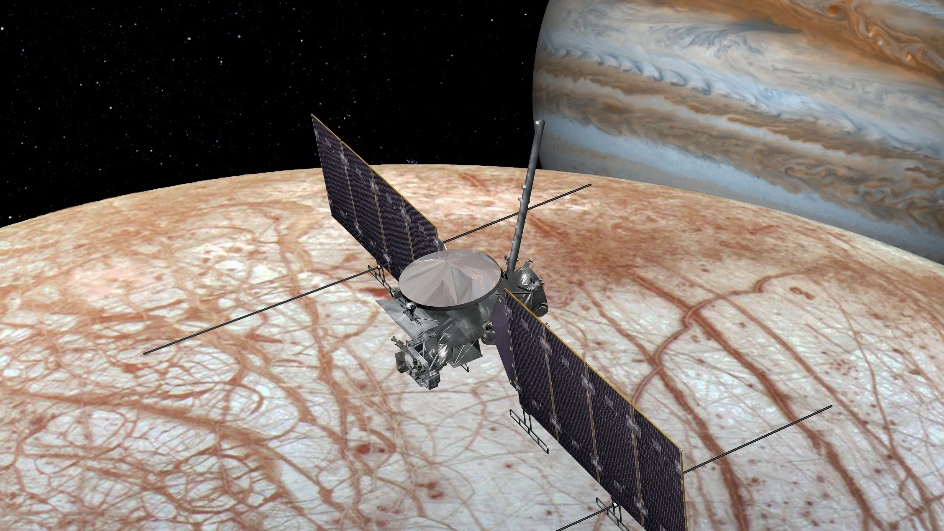NASA Embarks on Journey to Investigate Jupiter’s Icy Moon

The National Aeronautics and Space Administration (NASA) has launched the Europa Clipper spacecraft to investigate whether Jupiter’s moon, Europa, could harbour life.
Following delays due to Hurricane Milton, the spacecraft lifted off from Cape Canaveral, Florida on Monday, 14 October, and is currently en route to its destination, with an expected arrival in 2030.
Europa Clipper will explore the moon’s thick icy shell and the vast ocean believed to lie beneath it, which reportedly contains twice the amount of water found on Earth. Scientists hope to understand whether the moon’s ocean and chemical composition could support life.
The spacecraft will conduct 49 flybys, flying through possible water plumes, and using radar to map Europa’s surface and interior.
Weighing nearly six tonnes, Europa Clipper is the largest planetary mission spacecraft NASA has ever built. Due to its distance from the Sun, it relies on large solar arrays for power, while its instruments are protected from Jupiter’s intense radiation by a specially designed vault.
While not designed to detect life directly, the mission will provide vital data to assess Europa’s habitability, paving the way for future exploration. Scientists believe that discovering life on Europa would suggest life beyond Earth may be more possible than previously thought.
Image Credit: Source


























Go Social
SocialNew Social Releases – Check them out NOW! N$3/day subscription
TikTok Content
SocialNew content for your TikTok - Watch NOW!
Weird ’n Wacky
FunHilarious video clips featuring animals, sports, food, & more!
Status Hub
SocialTrend on WhatsApp with these statuses!
Social Trending
SocialWant Top Trending Stickers and WhatsApp Stories!?